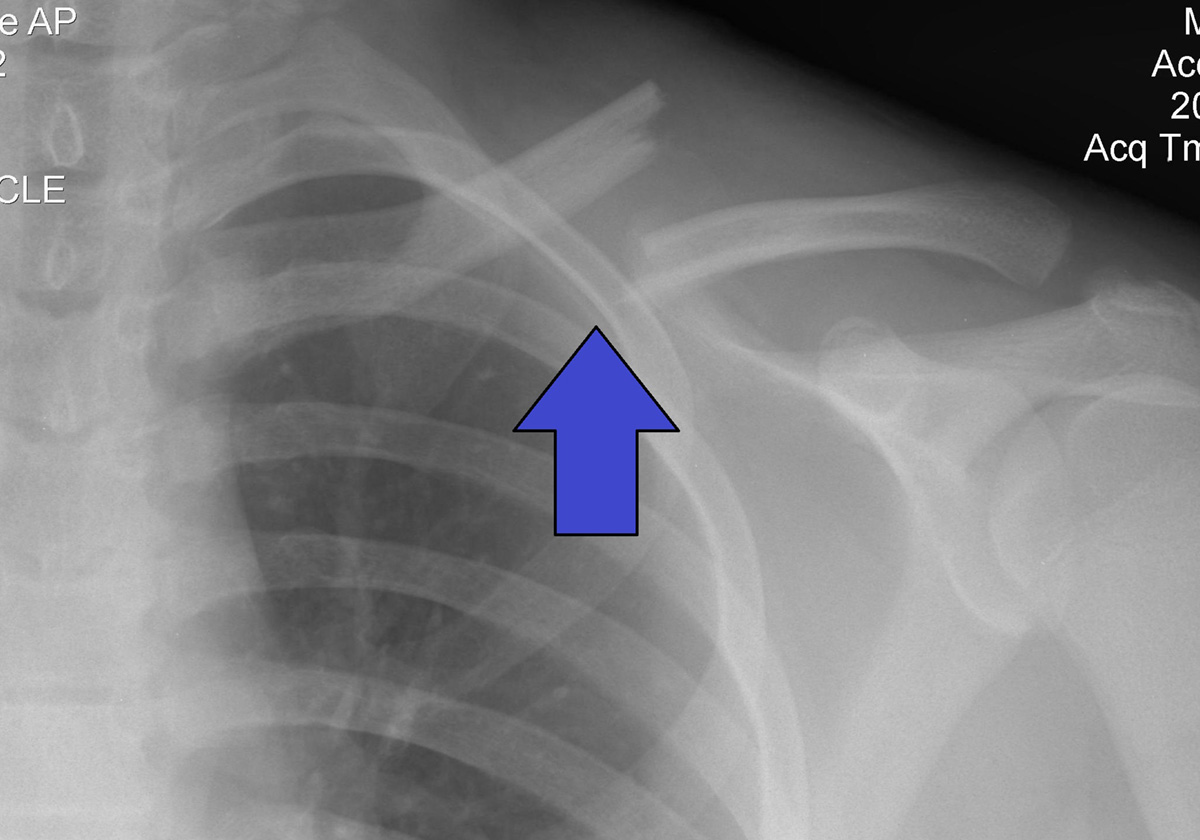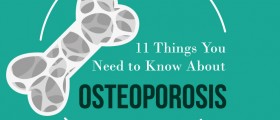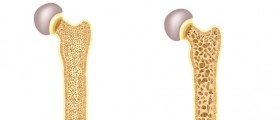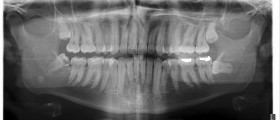
The clavicle is the Latin term for the collar bone. It belongs to a group of long bones and it connects the shoulder and the sternum (the breast bone). This bone can be easily noticed in skinny people. Due to its location it is rather susceptible to fracture. Fracture may be only one cause of clavicle pain. There are many more causes which may contribute to painful clavicle.
Causes of Clavicle Pain
The leading cause of the clavicle pain, as it has been mentioned, is fracture of the clavicle. Fracture of the clavicle occurs in 5% of all bone fractures. There are several factors which may contribute to fracture of the clavicle. It most commonly occurs if the upper extremity is outstretched. Furthermore, a direct fall on the shoulder may additionally lead to clavicle fracture and consequent pain. And finally, a direct blow in the clavicle or trauma to the clavicle area may result in fracture.
Apart from clavicle fracture the pain may originate from injury to the acromioclavicular joint. Osteolysis of the clavicle is typically accompanied by severe pain. Osteolysis of the clavicle may be induced by primary or secondary cancers of the clavicle. And finally, clavicle pain may be induced by dislocation of the sternoclavicular joint and degeneration of the very bone.
Characteristics of Clavicle Pain
The pain is usually sharp and is located to the clavicle. It severely increases with any kind of movement of the upper extremity. The pain also intensifies if one touches the affected area. Apart from the pain one may experience swelling of the clavicle area. The swelling may affect only the bone or it may spread onto the surrounding tissues and affect the neck and shoulder area. Additional symptoms are related to the pain and they may or may not occur. These symptoms are nausea, dizziness and vision disturbances.
Treatment for Clavicle Pain
The treatment for clavicle pain depends on the actual cause.
If the pain is caused by clavicle fracture the treatment generally includes bed rest and proper immobilization of the broken bone with a sling. A sling restricts movements of the broken bone and helps the process of healing. The pain due to clavicle fracture may be alleviated by a variety of pain killers. Only 5-10% of patients with the broken clavicle require surgical repair of the bone. Surgery is performed if there is comminution with separation, the broken bone has penetrated the skin or if the fracture led to shortening of the clavicle. Furthermore, surgery is also necessary in patients suffering from non union of the bone fragments.
In case of other causes of clavicle fracture the doctor will suggest appropriate treatment.

















Your thoughts on this
Loading...